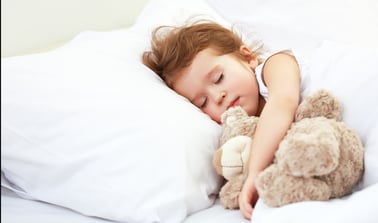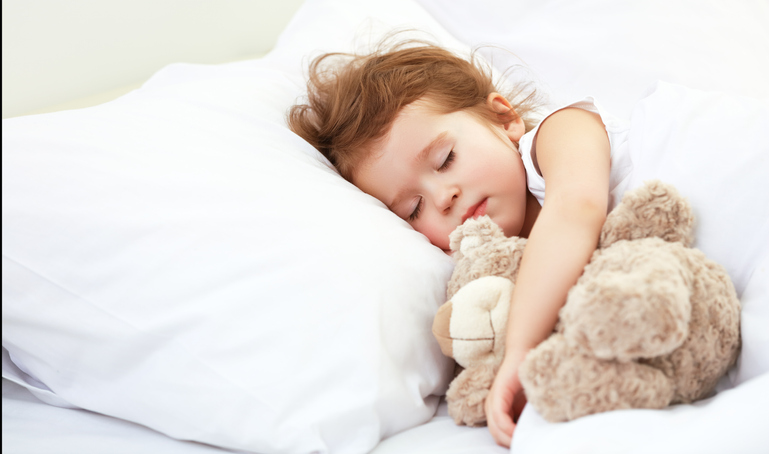 With daylight saving time approaching in early November, we’re considering the importance of sleep for children. While we will be gaining an hour, how much sleep is really needed for children? The answer is that it depends on their age.
With daylight saving time approaching in early November, we’re considering the importance of sleep for children. While we will be gaining an hour, how much sleep is really needed for children? The answer is that it depends on their age.
About a decade ago, pediatricians debated this question in response to a review of 32 sets of sleep recommendations that dated from 1897 to 2009. According to “Never Enough Sleep: A Brief History of Sleep Recommendations for Children,” published in Pediatrics: Official Journal of the American Academy of Pediatrics (AAP), recommendations declined by about .71 minutes per year, with actual amounts of sleep declining in similar ways.
AAP’s conclusion was as follows: “A lack of empirical evidence for sleep recommendations was universally acknowledged. Inadequate sleep was seen as a consequence of ‘modern life,’ associated with technologies of the time. No matter how much sleep children are getting, it has always been assumed that they need more.”
So, what has changed since 2012? What are the current sleep recommendations? How closely should you follow them?
To answer the last question first, parents should use sleep recommendations as a starting point, adjusting them up or down in accordance with the child’s individual needs. Behavior, both at home and at school and childcare, is a reasonable indicator of each child’s sleep needs and should guide bedtimes.
Now, here are responses to the first two questions. In 2016, the AAP released revised sleep recommendations for children. For optimal health, during a 24-hour period, here are their minimum and maximum recommendations for children by age:
- Ages 4-12 months: 12-16 hours (including naps)
- Ages 1-2 years: 11-14 hours (including naps)
- Ages 3-5 years: 10-13 hours (including naps)
- Age 6-12 years: 9-12 hours
- Age 13-18 years: 8-10 hours
Here are the Sleep Foundation’s recommendations, including naps:
- 0 to 3 months old: 14-17 hours
- 4-11 months: 12-15 hours
- 1-2 years old: 11-14 hours
- 3-5 years old: 10-13 hours
- 6-13 years old: 9-11 hours
WebMD offers similar recommendations (but ones that aren’t exactly the same).
Tips for Healthier Sleep
The Cleveland Clinic offers helpful tips, including creating a regular sleep schedule that has bedtime and wake-up times that don’t vary by more than 30 to 45 minutes between weeknights and the weekend. Create a consistent bedtime routine that helps to prepare your children for sleep, which includes turning off screens at least an hour before it’s time for bed.
To make sleep easier for your child, ensure that they’re getting at least an hour of physical activity every day with outdoor play in the morning having extra benefits. Plus, cut off caffeine and sugary drinks during the second half of the day. As an added tip, be a good role model and prioritize sleep for yourself.
HealthyChildren.org emphasizes the importance of a bedroom environment that supports sleep. This includes a comfortable temperature with lighting with dimming capabilities. Make your child’s bed a place to sleep, not to play. Although a favorite stuffed animal or blanket can be helpful, don’t fill the bed up with toys.
Sleep Problem Awareness
Check in with your children’s teachers and child care providers to make sure they’re alert during the day. If they aren’t getting enough sleep at night, this can lead to daytime problems with attention and behavior. If you find it challenging to address their sleep problems on your own, talk to your pediatrician. Most issues can be addressed fairly easily.
Sleep.org says that keeping a sleep diary that contains a child’s bedtime and wake-up time, information about how long it takes for them to fall asleep, sleeping complaints made, and so forth can be helpful when you discuss issues with the pediatrician. Be prepared to talk about the quantity of sleep your child is getting as well as the quality. Also, be proactive. The sooner you address any challenges, the more easily they can usually be handled so your child can get a good night’s sleep.






